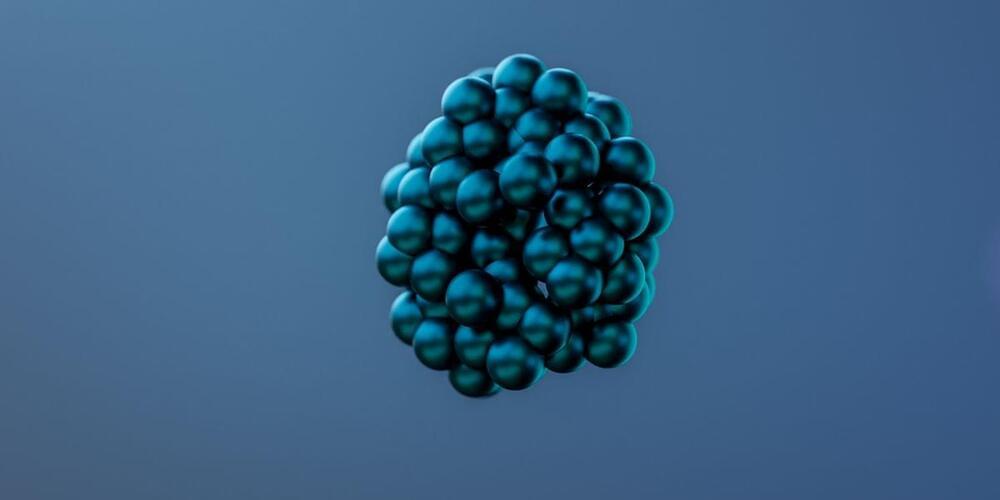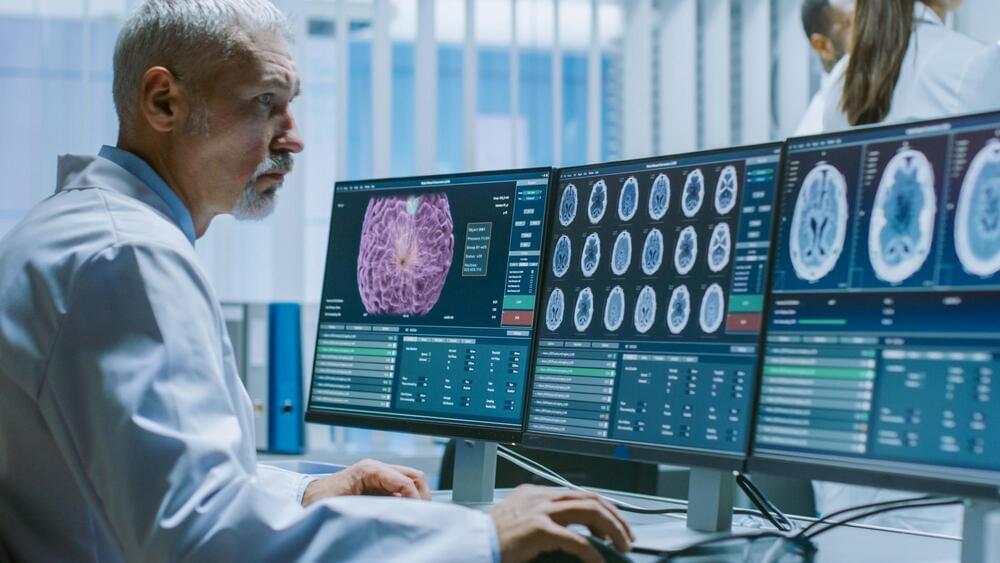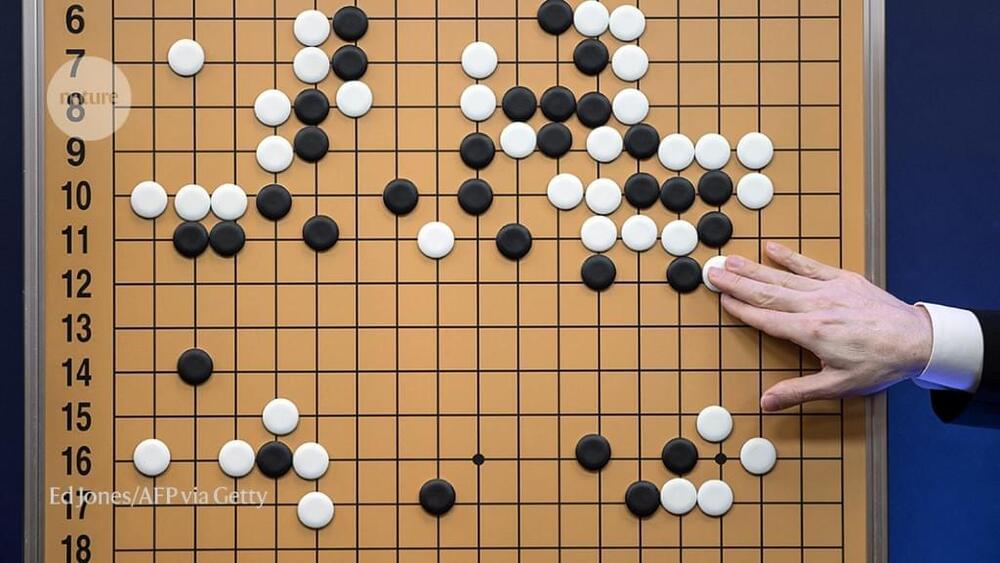Is our future on ice?? Join us, and find out!
Subscribe for more ► https://wmojo.com/unveiled-subscribe.
In this video, Unveiled takes a closer look at a bizarre future that really could come true… human civilisation moving to Antarctica! At present, the icy south is almost entirely pristine, with very few humans ever visiting. But that could all change, and in a big way!
This is Unveiled, giving you incredible answers to extraordinary questions!
Find more amazing videos for your curiosity here:
The Real Search for Alien Life in the Ocean — https://youtu.be/ZbFoD9x1__U
Why Do Scientists Want to Abandon Antarctica? — https://youtu.be/D_UHu7io4K0
0:00 Intro.








